Kenosha museums explore history from dinosaurs to manufacturing

Prehistoric creatures that once roamed the Earth can be found alongside some of Wisconsin’s native and familiar animals at Kenosha’s museums. The city recognizes its history during the Civil War and other American conflicts, as well as looking at its growth from a small town to the state’s fourth largest city. All this can be found within walking distance at Kenosha’s museums.
Before humans, dinosaurs owned the planet. A Tyrannosaurus rex and Allosaurus are among the dinosaurs on display. From the giant T-rex to dinos no taller than a foot or two, visitors can take in what the creatures looked like millions of years ago. The fossils are on display are actually casts of real fossil bones.
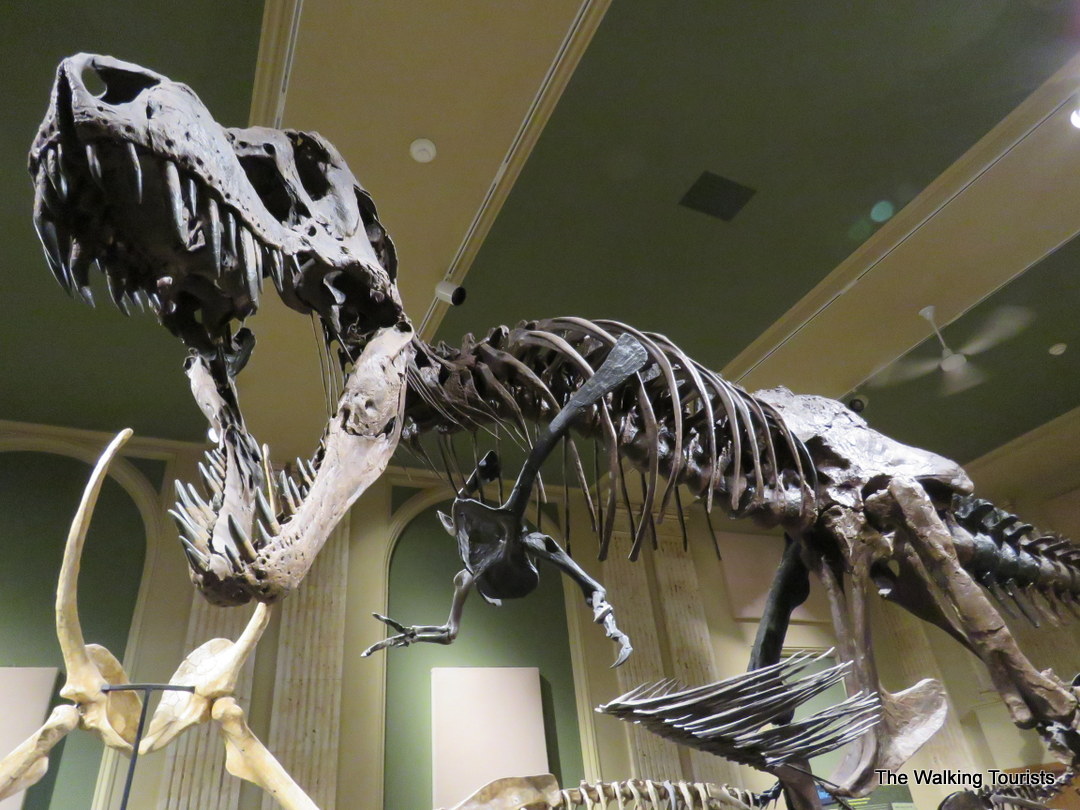
The exhibit is part of the Carthage Institute of Paleontology. Researchers are working on the link between modern birds and meat-eating dinosaurs. The exhibit opened 10 years ago.
Wisconsin was once covered by a warm sea during the early Paleozoic Era. Fossils of sea life have been discovered around the state. The Public Museum, along the lakefront, offers a look at the history of the state. It’s a nice walk from the Dinosaur exhibit or an even faster trip by the city’s street car.
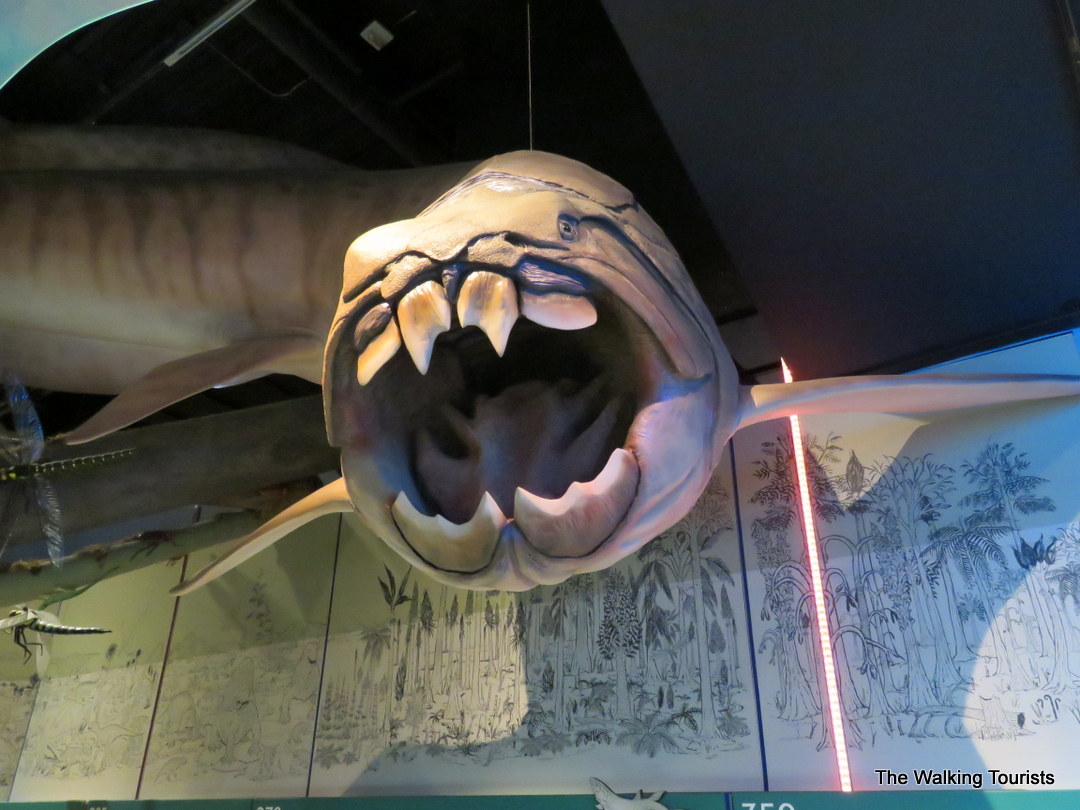
Flash forward a “few” years and you can find a couple of woolly mammoths on display at the Public Museum. The museum is home to two mammoths – Schaefer and Hebior. The Schaefer mammoth was the first mammoth discovered east of the Mississippi River to have been butchered by humans. The Hebior mammoth, found a year after the Schaefer, is the most complete mammoth found.

The mammoth exhibit goes beyond just showing some paintings and fossils. A couple of items include a reenactment of a mammoth hunt, with early Native Americans raising their spears to bring down a creature, and then others working on cleaning the animal after the hunt.

Moving on from the days of the woolly mammoth, the museum offers an in-depth look at the region’s Native American tribes. Wisconsin was the primary home to the Ho-Chunk (Winnebago), Potawatomi, Ojibwe (Chippewa) and Menominee tribes. Other tribes inhabited the land voluntarily or through forced moves by the federal government.
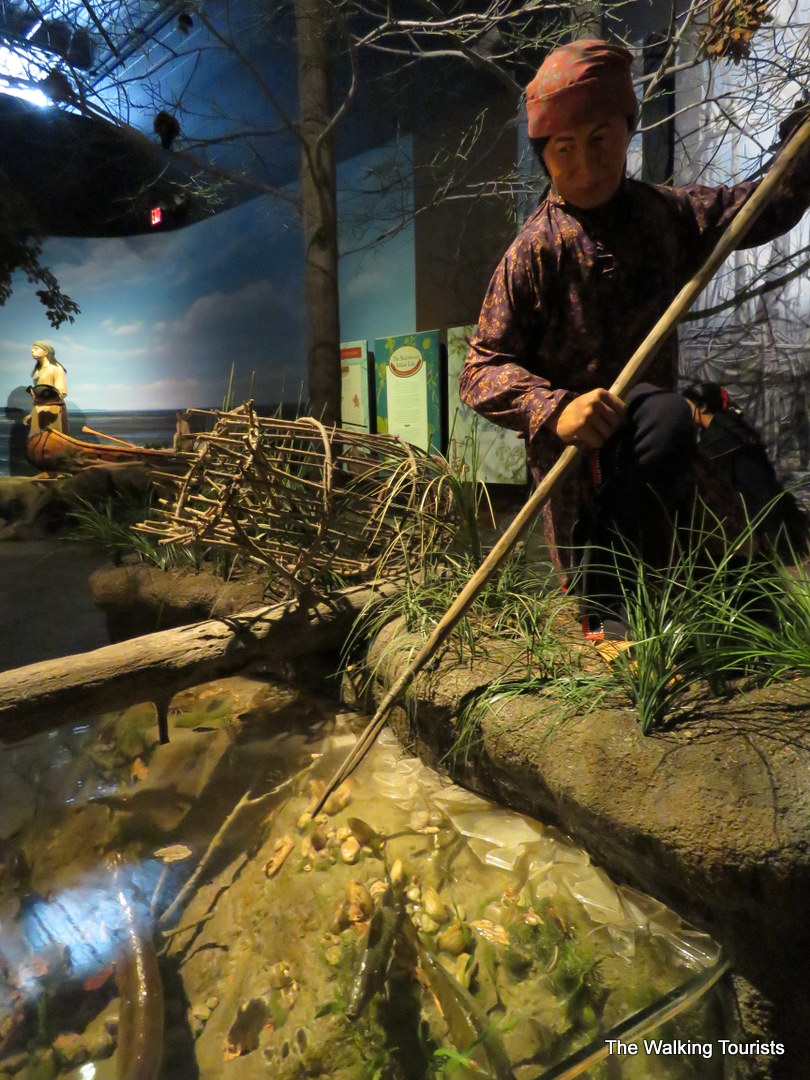
The museum takes a look at a tribe, similar to the Potawatomi, through the four weather seasons. The exhibit explores the way the Native Americans would dress, activities they would participate it and the work they would perform.

In addition to the historical exhibits at the Pubic Museum, visitors can also look at the animals who have called Wisconsin home. From a badger to a fox, and even a wild boar, visitors can see the animals that have and still do live is the state.
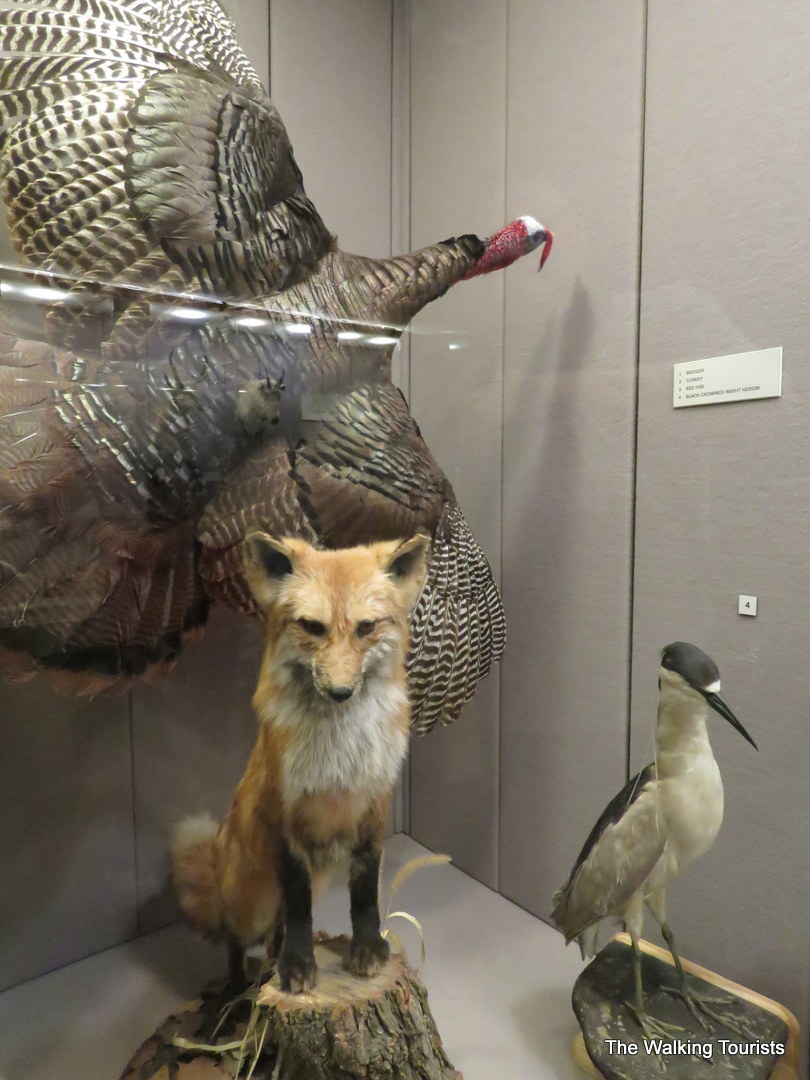
The Public Museum also is home to special exhibits, including photograph displays and paintings.
The Civil War Museum makes up the third part of the Kenosha public museums. The Smithsonian affiliated museum takes a unique look at the American Civil war. Nearly half of the soldiers in the Union Army came from the seven upper Midwest states, and each is represented at the museum.
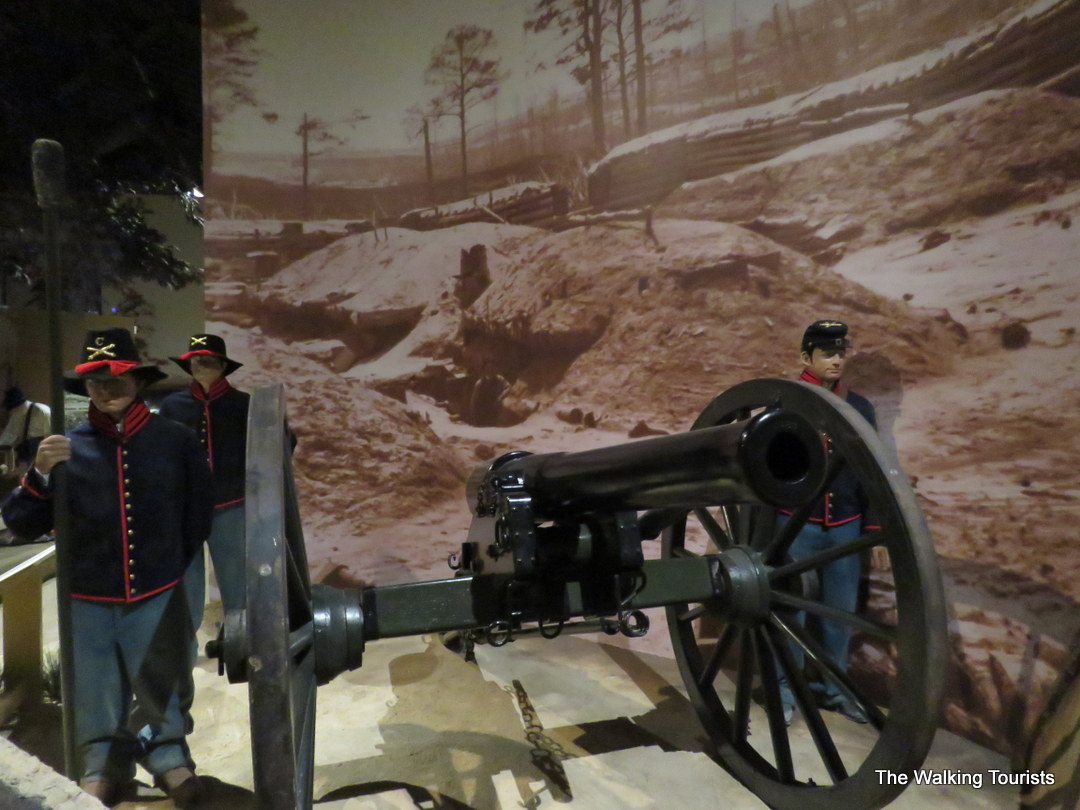
The Civil War Museum doesn’t hide the warts of the Civil War and its after effects. From the first shot at Fort Sumter and soldiers’ dreams of “seeing the elephant” (the term given to seeing battle action), the Civil War Museum gives a realistic look at war.
A 10-minute film follows three area men – based on journals and letters from the era – and the effect the war had on them and their loved ones. It didn’t end well for all.
The museum examines the role of the soldier, including the downtime and training they went through before seeing action. From playing cards to reading to hunting, the men spent their hours trying to be busy and avoid boredom. Once the first shots were fired in battle, they likely longed for those down days.
The Civil War produced some of the biggest improvements in medical care during any one time period – the use of prosthetics and creating medical records among them.
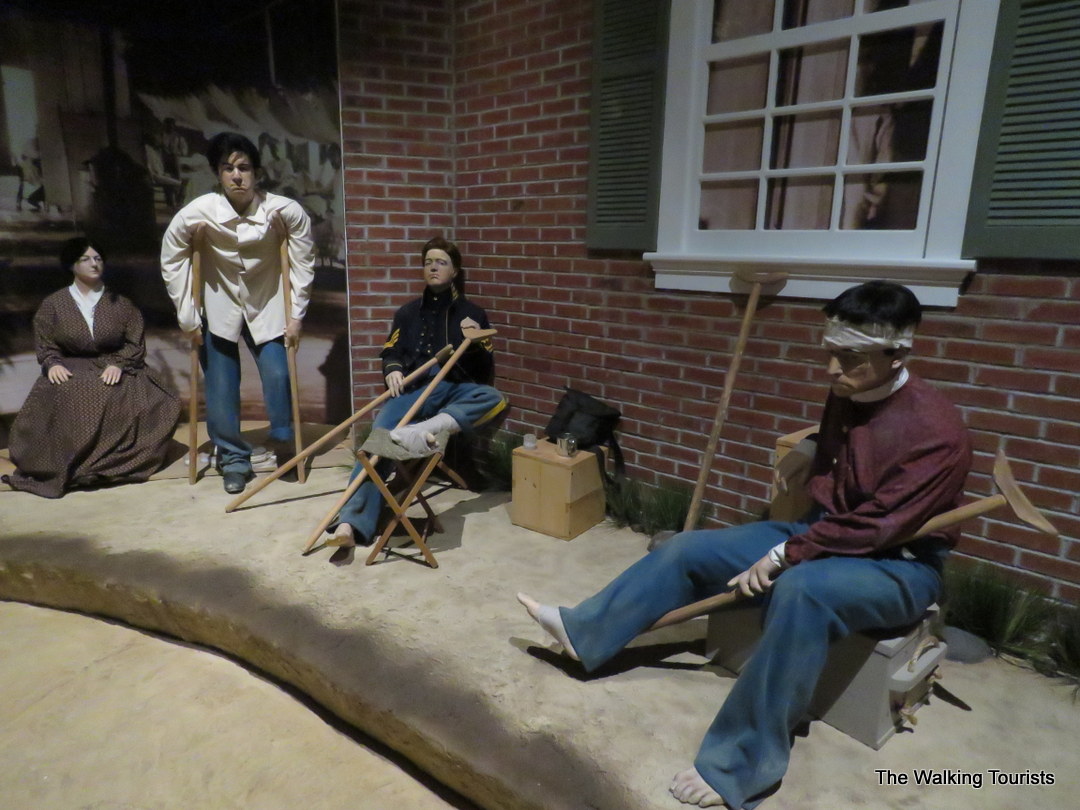
The after effects of the war saw some good and some bad things occur. On the positive side, veterans groups organized to ensure the federal government would honor its word and care for the veterans who served during the four-year war. On the bad side, we saw the rise of the Ku Klux Klan.
While not a part of the public museum complex with the Dinosaur Discovery, Public and Civil War museums, the History Center and Southport Lighthouse are important parts of Kenosha’s history and worthy of a visit. Located across the lakefront, only a few minutes’ walk from the Civil War and Public museums, the lighthouse and history center document the beginnings of a small town that eventually became Kenosha.
The History Center presents a look at Kenosha, from its early days to the days of Ramblers rolling off the assembly line.

The lighthouse museum gives a look at life on the water and what went into trying to keep boats and ships afloat.
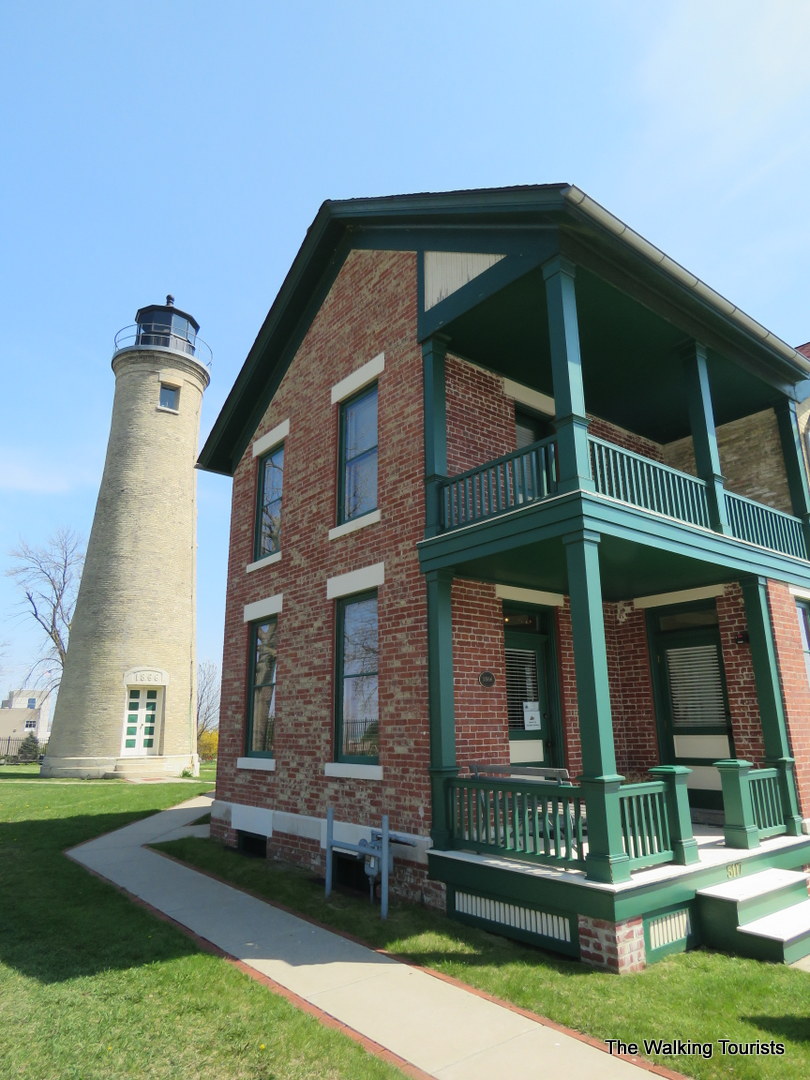
We have grown to enjoy local museums through the years, and Kenosha sets the standard for outstanding museums. Each one was an interesting and educational visit. So, if you are interested in anything – from dinosaurs to antique vehicles – Kenosha’s museums have it for you.
For more information, please visit www.kenosha.org, www.kenoshahistorycenter.org or www.visitkenosha.com.
Disclaimer: Thank you to the Kenosha CVB, History Center and Civil War Museum for the complimentary admission. Admission is free for the Public Museum and Dinosaur Discovery. However, all opinions and views are ours.




